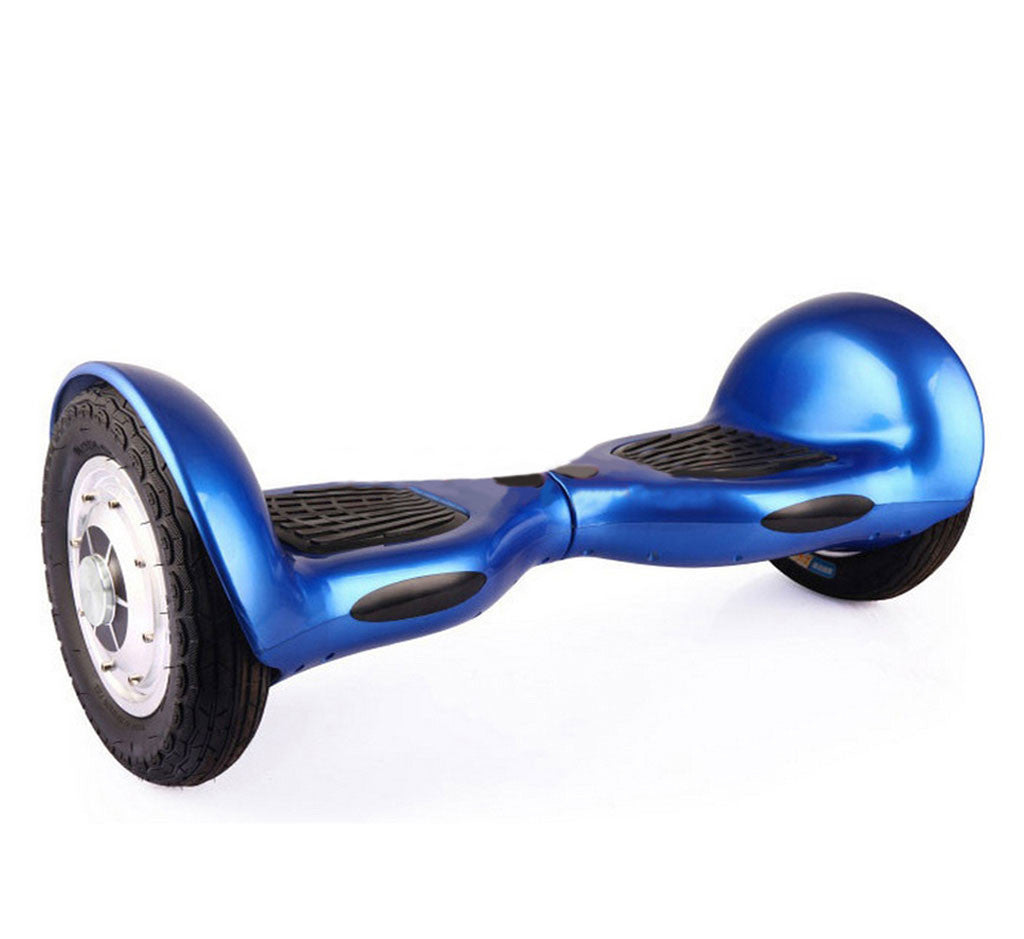

I can't account for eddy current losses rising with the square of rpm. Thus, I'll have to model the parasitic losses linearly for now i.e. I only got one no load point because the Castle Creations HV80 controller I was using didn't record any current for the 22.2V test.

At this 2x power, the 2x motor is making 2x the torque of the little motor. You may wonder, then, how does this 2x motor make 2x the torque if it can only produce √2 times the torque at the same power? The answer is that the 2x motor is 2x as big and can thus dissipate 2x the power as the little motor.

However, the 2x motor only has 2x the Kt with 2x the Rm, so its Km is only √2 times bigger. However, if you try to compare a motor with its hypothetical bigger sibling that is exactly two of it stacked end to end, the 2x motor should be able to make 2x as much torque as the little motor. Km is an industry standard parameter, and it represents torque per watt of copper loss. The Km 2 thing is actually pretty confusing and took me a while to wrap my head around. I'll have to revise some stuff to do Km 2/$ and stuff like that. It's actually Km 2 that is proportional to a motor's ability to make torque.
#IMOTO HOVERBOARD SPECS UPDATE#
Update July 2018: I just read/realized that Km is not proportional to a motor's ability to make torque.


 0 kommentar(er)
0 kommentar(er)
